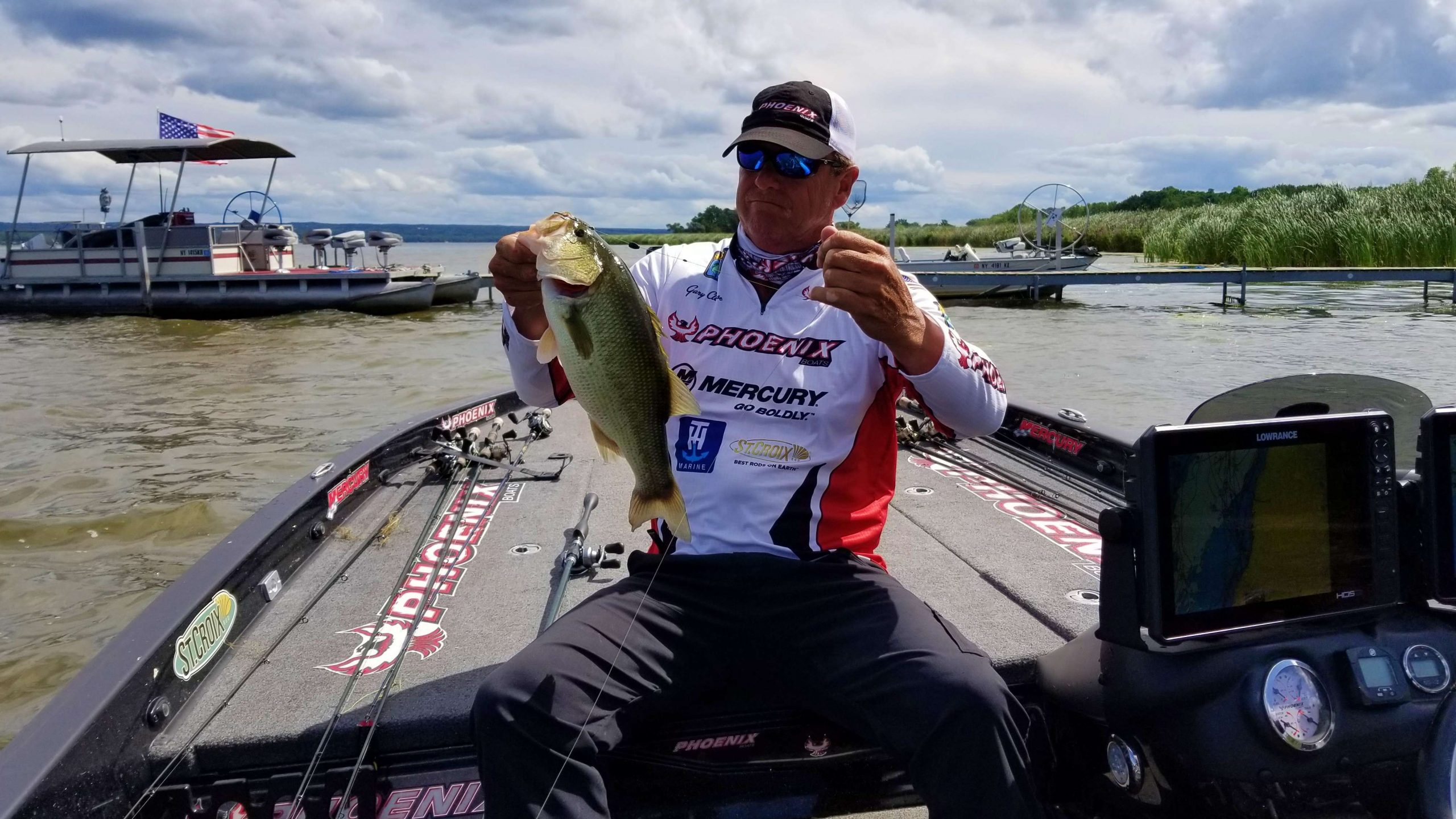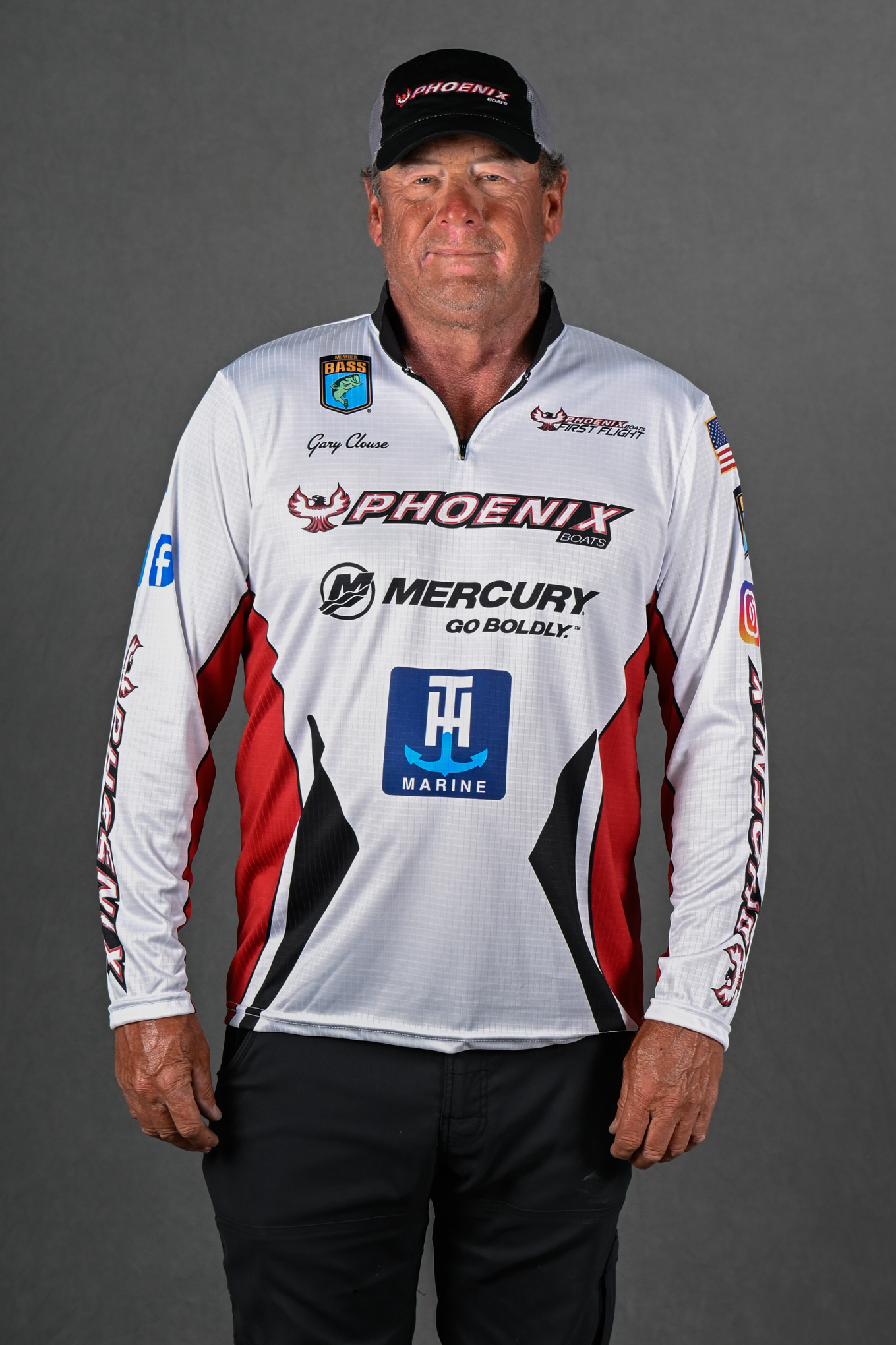
There are many different types of lures that catch bass, but none can be more deadly – or catch big bass more consistently – than the jig.
And while most anglers think of jigs as bottom bouncers, they are far more versatile than that. For example, we’ve got swim jigs, football jigs, finesse jigs and casting/flipping jigs.
There are dozens of variations and brands of each, and it can be confusing for some anglers to figure out what attributes to look for when matching the jig to the situation they face.
For example, you can have the right size and color of jig but it may have the wrong hook built into it. Even the angle or position of the line tie can be critical.
Let’s say you’re making long casts with monofilament or fluorocarbon into fairly deep water with a football jig. If the hook is large and stout, you might have trouble moving enough line hard enough to get that big wire hook buried into a fish’s mouth – and keep it there – before you get it to the boat.
A slightly smaller diameter hook requires less pressure to penetrate and can keep that bass buttoned. Now, some anglers might argue the hook is too weak, but if you’re fishing with 12- to 15-pound line you’re probably aren’t going to horse that fish around anyway. You have a bigger chance of losing a big fish with a heavy-duty hook because you didn’t get it set solidly into the fish’s mouth.
For football jigs, I like the Picasso brand because the hook diameter is perfect for really sticking the fish and keeping them on all the way to boat.
Now, if you’re making short casts or flipping a jig near the boat, the heavier hook can be necessary, especially if you’re using braid that has no stretch. You need a hefty hook that won’t flex with that much power behind the hook set and with no-stretch line.
That’s where I like the Louie Hull “Shooter” Jig made in North Carolina. It not only has the appropriate hook, but the skirts are all hand-tied, and he makes great colors, which I think makes a difference. This jig is perfect for skipping docks too.
The line tie and angle also can matter. Some jigs have line ties that are in line with the jig while others are flat. The only time I like the line tie in line is on a swim jig because I’m usually fishing them around grass. The in-line style doesn’t catch the vegetation the way a flat eyelet does.
I also prefer a line tie that comes off the jig head at a 60-degree angle. It slithers through cover better than one with a 90-degree.
I prefer a swim jig that has a bullet-shaped head that tends to slither through the grass easier. I have two brands that I like when fishing with braid. The Dirty Jig Brand or the 4 X 4 Brand because they have a good, stout hook and a great keeper for holding plastic trailers in place.
When fishing swim jigs with fluorocarbon, I use a smaller diameter hook to be able to stick the fish. I use either a 4×4 or Omega. They both are great for fluorocarbon. They have the perfect hook, a good head design and good colors.
My preferred finesse jig is a homemade version with a ball head, a fine wire 4/0 hook and hand-tied rubber skirting that flares out at the collar. It’s compact, and when paired with a small trailer, it can get you bites on tough days. It is made by Rodney Faught out of Missouri.
I don’t do a lot of tweaking on my jigs although I may thin or fan the weed guard if I’m not fishing around much cover. I also may bend the hook out a tad if I feel it’s necessary to catch more of the fish’s mouth.
And what about jig trailers and line size? I’m fussy about that too, and I will explain my choices in next month’s column.

